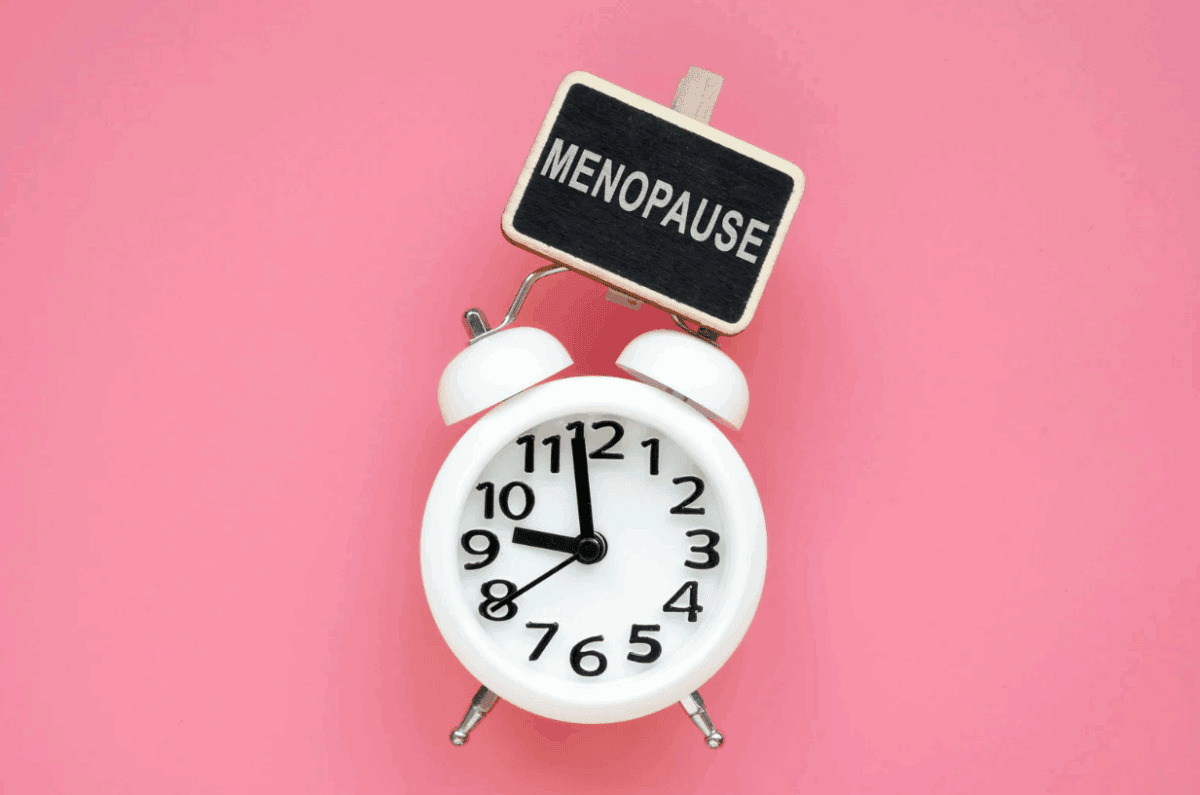In today’s hyper-connected world, it’s easy to feel like someone is always watching. Whether it’s eerily accurate ads, apps asking for endless permissions, or data breaches in the news, our online lives often feel anything but private. But beyond the technical concerns, there’s a deeper question worth asking: What is all this doing to our mental health?

The Digital Age of Exposure
Every day, we leave behind a digital trail – what we like, where we go, who we talk to. Social media, search engines, and mobile apps collect this data to personalize our experience or monetize our attention. But this convenience comes with a cost: the subtle erosion of personal boundaries.
Many people don’t realize how much of their online life is exposed by default. From cookies tracking your browsing habits to social platforms monitoring your interactions, the line between public and private has become increasingly blurred. And while this might not bother everyone at first glance, it often chips away at our sense of autonomy and peace over time.
The Mental Health Toll
When you feel constantly watched, or even just monitored by algorithms, it can create low-level, chronic anxiety. It’s the digital equivalent of having someone peering over your shoulder. Over time, that sense of surveillance can lead to heightened stress, decreased trust, and a growing discomfort with technology itself.
There’s also the emotional fatigue that comes from always being “on.” The pressure to post, respond, and engage 24/7 contributes to burnout and social comparison. Privacy invasion, even minor ones, can make people feel exposed, unsafe, or out of control, which are all risk factors for mental distress.
For those who’ve experienced online harassment, doxxing, or stalking, the psychological effects are even more serious. The trauma of being targeted online can linger long after the threat has passed.
Reclaiming Your Digital Boundaries
Fortunately, there are ways to regain control. Creating intentional boundaries in the digital world can offer real emotional relief.
Tools like ad blockers, private browsing modes, and secure messaging apps help reduce exposure to unnecessary tracking and profiling. VPNs (Virtual Private Networks), in particular, encrypt your internet traffic and mask your online identity, giving you a layer of protection from prying eyes. While primarily seen as cybersecurity tools, they also contribute to a calmer digital experience by minimizing targeted content and intrusive tracking.
More than just software, it’s about shifting your mindset from passive participation to mindful interaction. Curating who can see your posts, taking breaks from social media, and turning off app notifications are all simple steps that can reduce mental noise and increase your sense of agency.
A Safer Space to Seek Help
For people navigating sensitive topics, such as mental health, sexuality, or personal identity, privacy isn’t just a preference – it’s essential. Especially in regions where access to mental health services is censored or monitored, privacy tools can be a lifeline. They enable individuals to research, reach out, and receive help without fear of exposure or judgment.
The right to seek support anonymously and safely can make a major difference in someone’s willingness to take that first step toward healing.

Protecting Peace of Mind
Privacy isn’t just a technical issue, it’s a human one. Feeling safe online contributes directly to how secure, empowered, and calm we feel in everyday life. By setting healthier boundaries in our digital environments, we’re also protecting our emotional well-being.
You don’t have to overhaul your entire online life overnight. Even small changes like limiting app permissions or using a web browser VPN can help restore a sense of calm and control.
In the end, protecting your privacy is more than just guarding data. It’s a way to reclaim your peace of mind in a world that’s always connected.





























